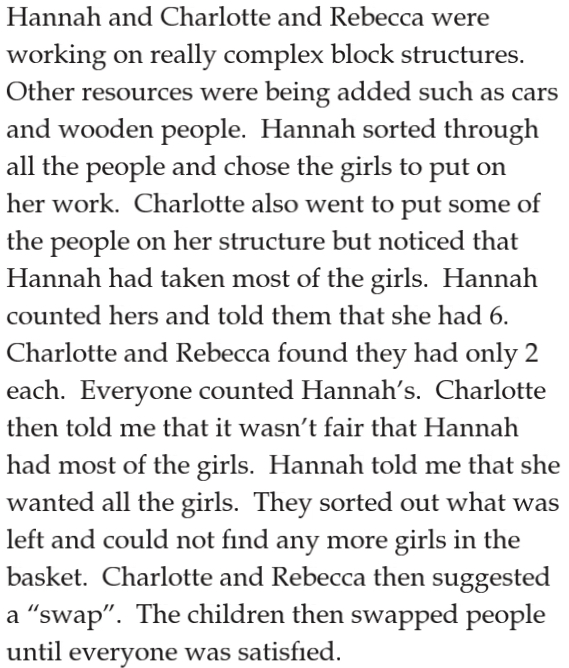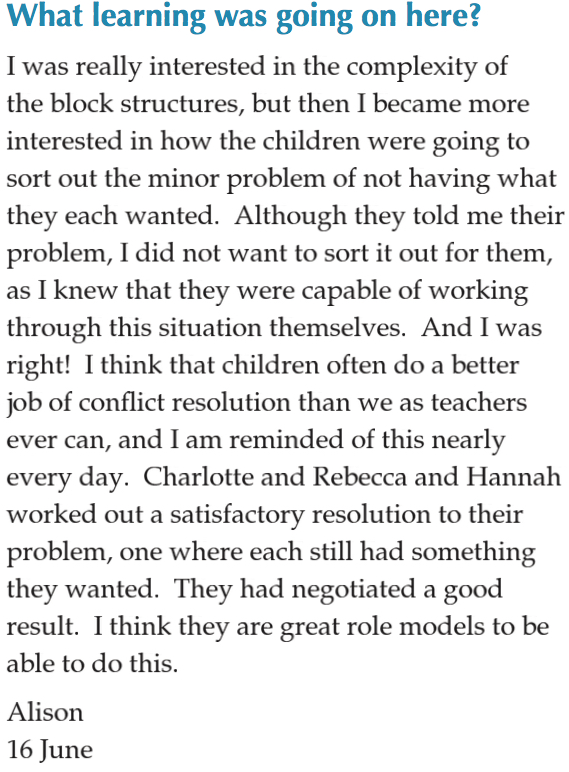Kei Tua o te Pae
Kei Tua o te Pae/Assessment for Learning: Early Childhood Exemplars is a best-practice guide that will help teachers continue to improve the quality of their teaching.
The exemplars are a series of books that will help teachers to understand and strengthen children's learning. It also shows how children, parents and whānau can contribute to this assessment and ongoing learning.
We are making improvements to our download-to-print functionality. So if you want a printed copy there are PDF versions available at the bottom of the main cover page.
Exploration through play
-
Dressing up, painting faces, and making masks
-
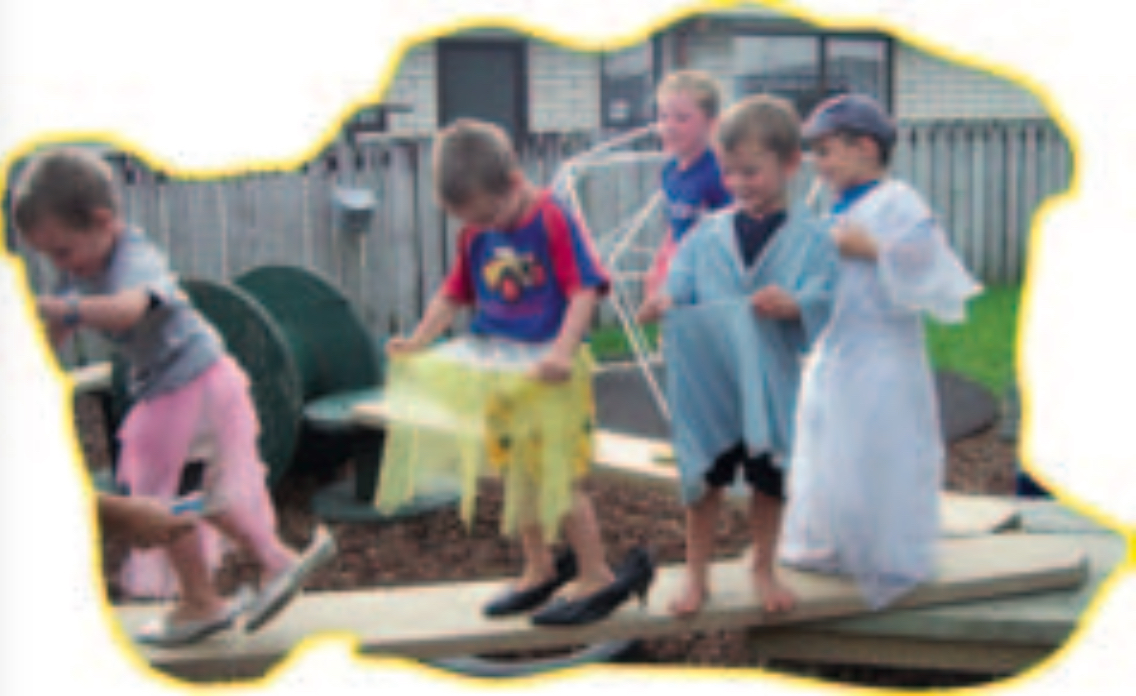
Today a group of boys came out from the back room, all dressed up.
They asked if they could use the water paints and promptly got to work with the paint brushes, applying lipstick, rouge, eye shadow and nail polish.
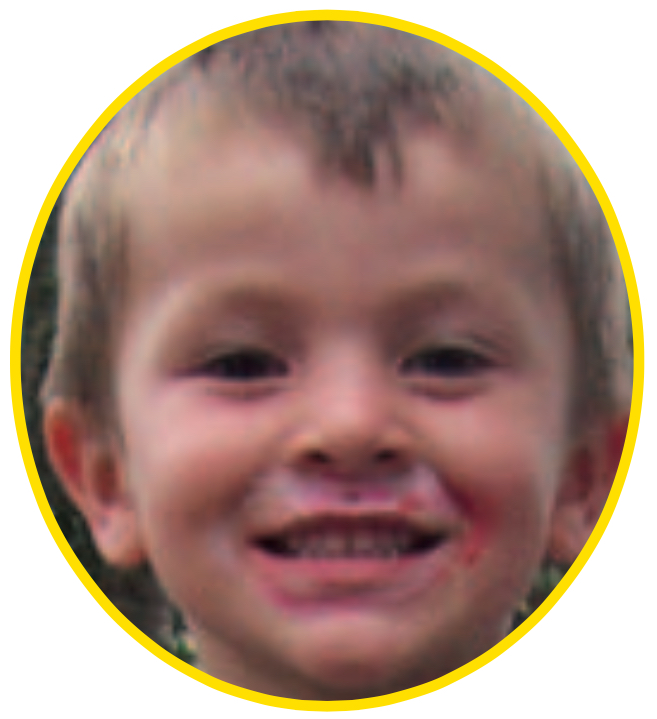
Giving children the opportunity to explore what it might be like to be someone or something else is important in developing their understanding of themselves and how they, and others fit in to the world around them.
The next day ...
I thought that their interest in dressing up could be used to design their own costumes and make them, using the sewing machine.
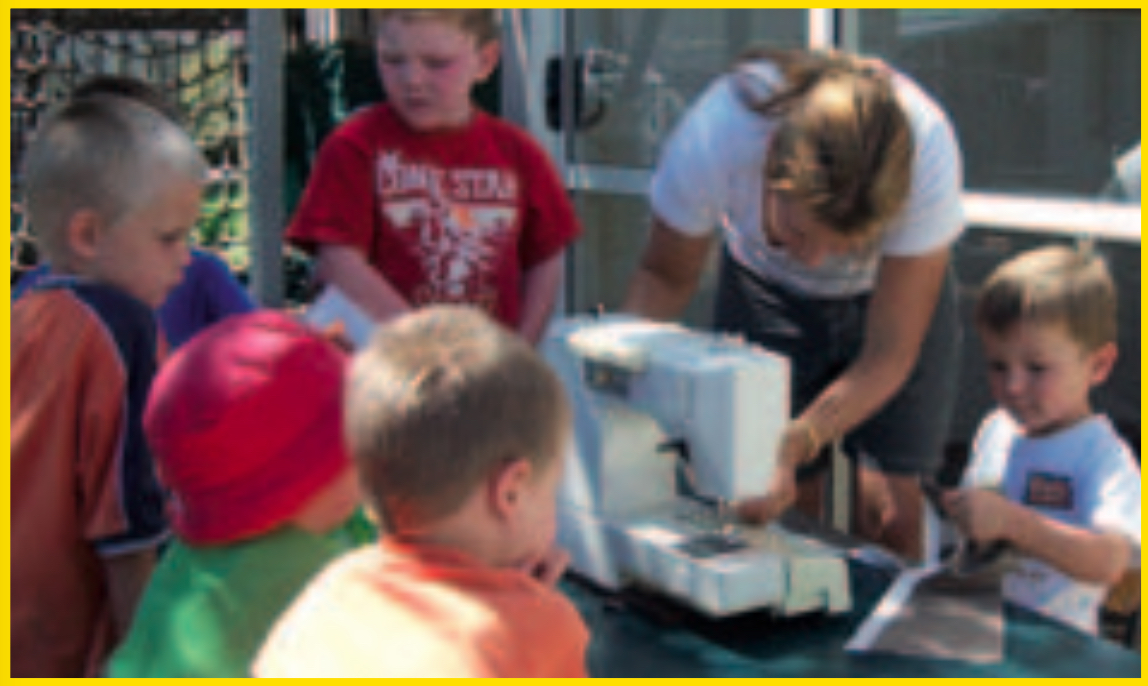
Wiremu chose to make a Batman costume.
He drew a plan of his design, chose the material he wanted to use and set about transforming himself into Batman!
He designed a cape and a mask with ears sewn on to it.
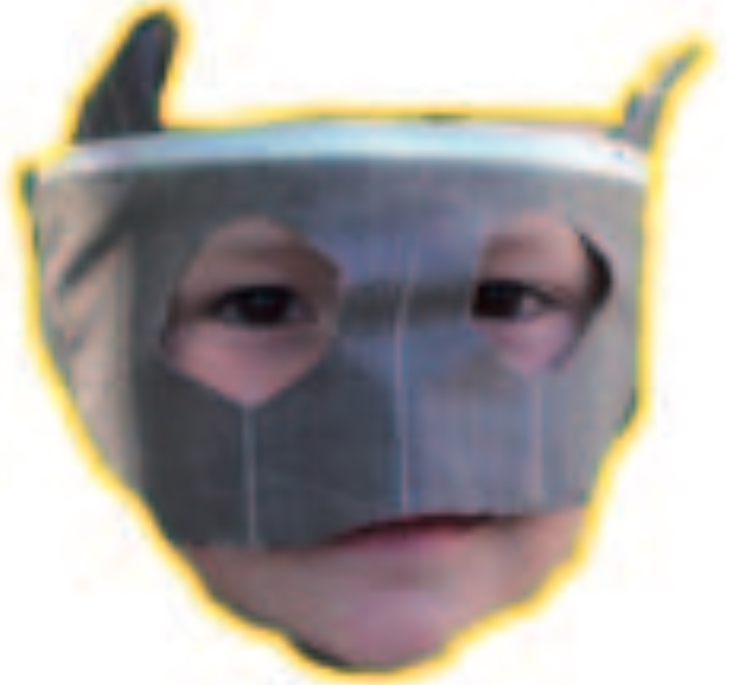
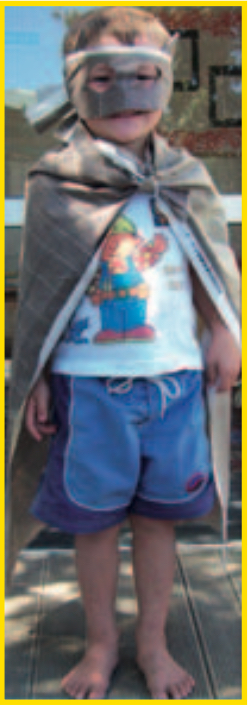
It was Wiremu’s interest in dressing up that led me to reintroduce the sewing machine. It is in this way that children’s interests guide the centre programme, encouraging them to extend on their ideas by utilising centre materials and equipment.
Wiremu’s planning of his Batman costume design enabled him to think about how he wanted his costume to look and how he would go about making it. He cut the material to his plan and then used the sewing machine to join the pieces together.
Wiremu, I really enjoyed working with you on this project. You had an idea, you considered how you would pursue your task by making a plan, and then you completed your undertaking using the necessary tools.
Jenelle
March
Painting faces and making masks
Painting faces is an activity children have long loved, but it has also raised issues surrounding children’s own creative art experiences.
As a team of teachers we have long felt that adults painting children’s faces in an early childhood setting, while it may promote some imaginative play, does not encourage or develop children’s own art experiences.
As a result of this thinking we moved towards children painting their own, or each other’s faces. However, this raised its own issues ... Can they paint faces whenever they want and with whatever they want? Yes and no! We feel children should be able to experiment with and experience this form of art when they show an interest, but they need to take into account the limitations of time and daily routines. Face painting gives children the opportunity to practise fine motor skills, develop artistic and creative skills, encounter the unique sensory experience of having their faces painted, as well as giving them the opportunity to develop this art activity into imaginative social play with their peers.
Painting with any paints available to them throughout the centre, however, would not necessarily be appropriate due to the sensitivity of skin. Providing watercolour paint blocks and a mirror to observe their “living art” as it develops, allows children to take control over this activity – that has long been experienced by children as being teacher directed and “done to” them.
As the children in our centre initiate and participate in this style of face painting, we are noticing a significant leap in their face painting skills and the imaginary play that is evolving from this, in children of all ages.
This interest has led us on to making and decorating plaster-moulded masks of children’s faces.
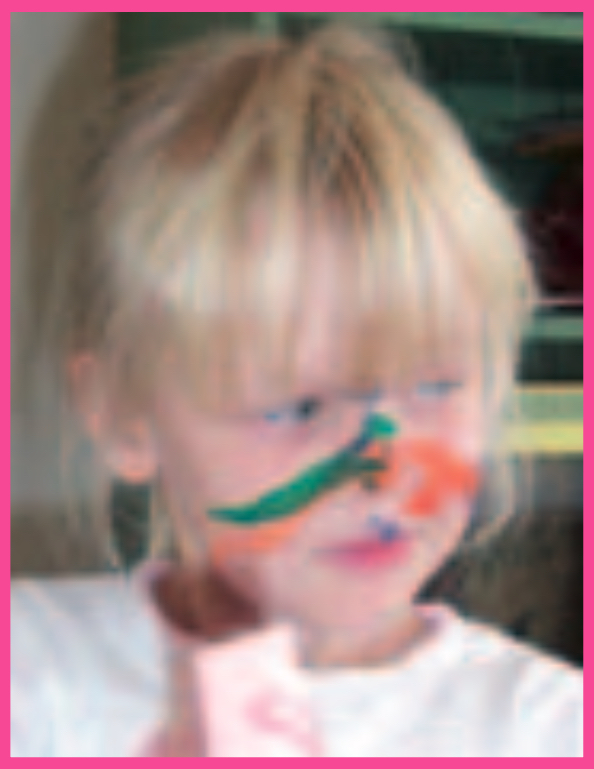
The process of making plaster masks
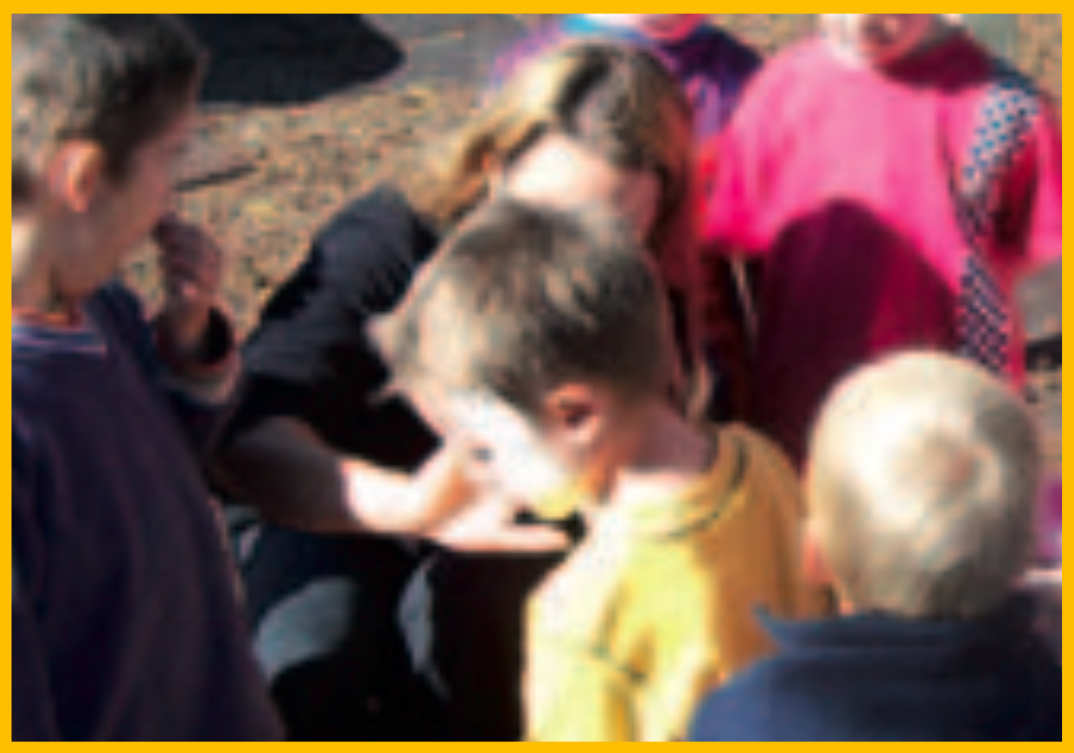
First we applied cream to protect our skin.
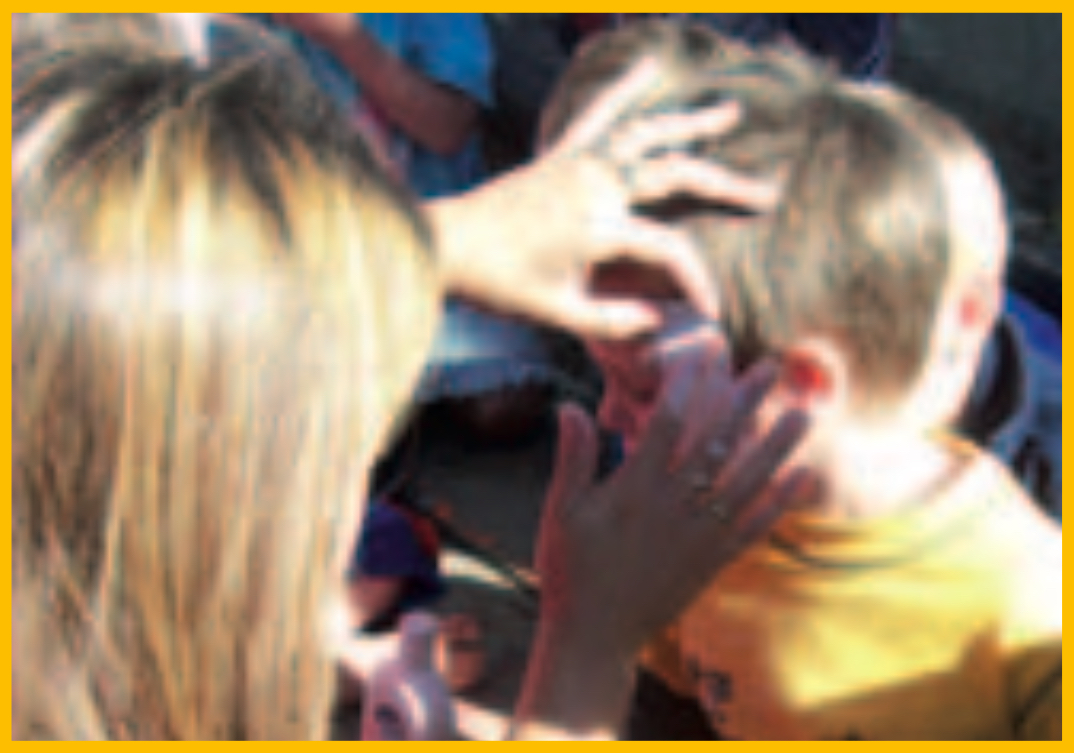
Then we moistened the plaster bandage pieces and laid them over our faces.
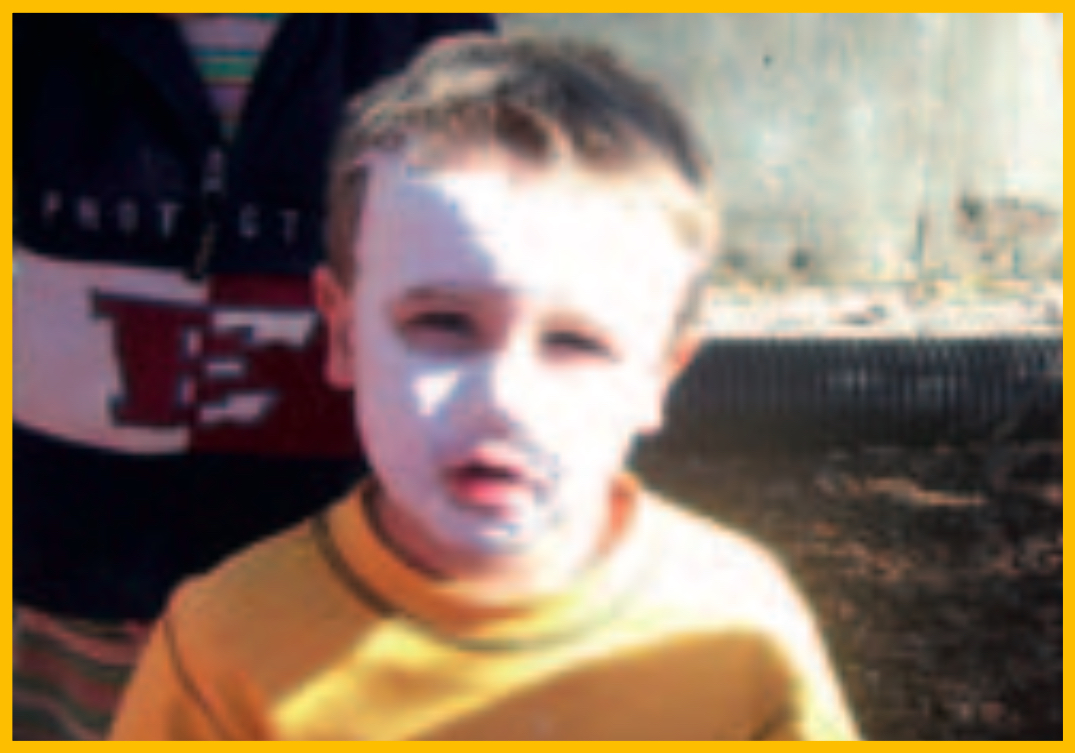
After leaving the masks to dry for several days we varnished them with a binder medium so the paint wouldn’t soften our masks.
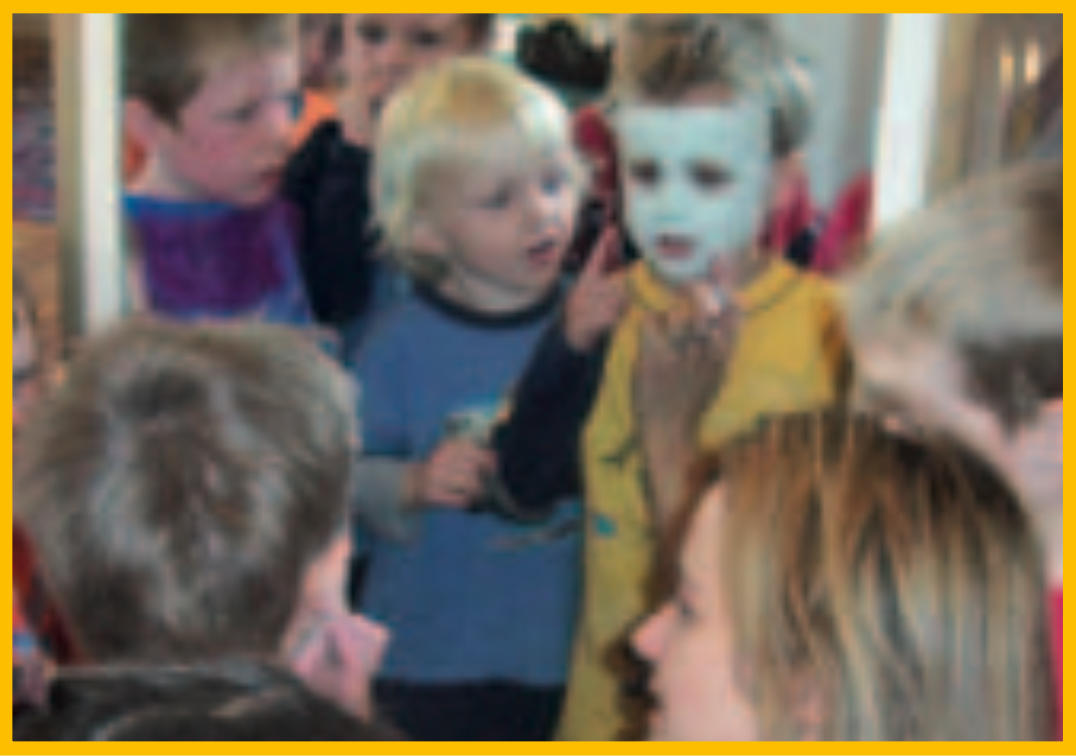
The masks felt funny and we had to breathe through our mouths.
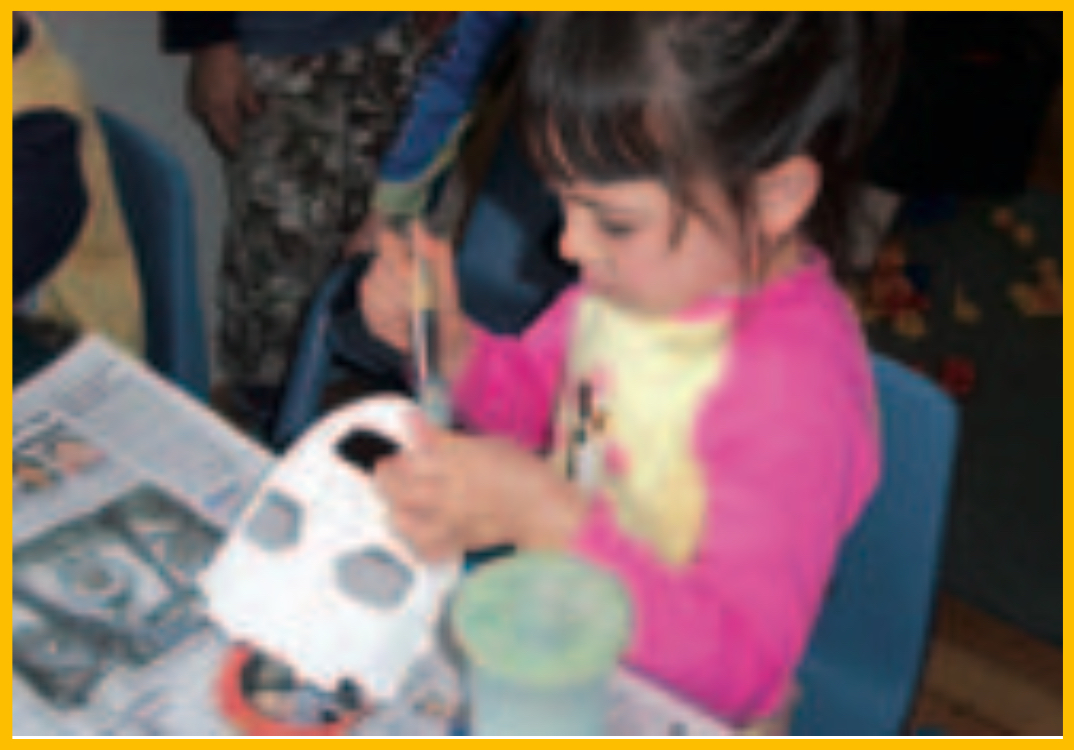
We looked at ourselves in the mirror while we waited five minutes for the mask to dry and go hard.
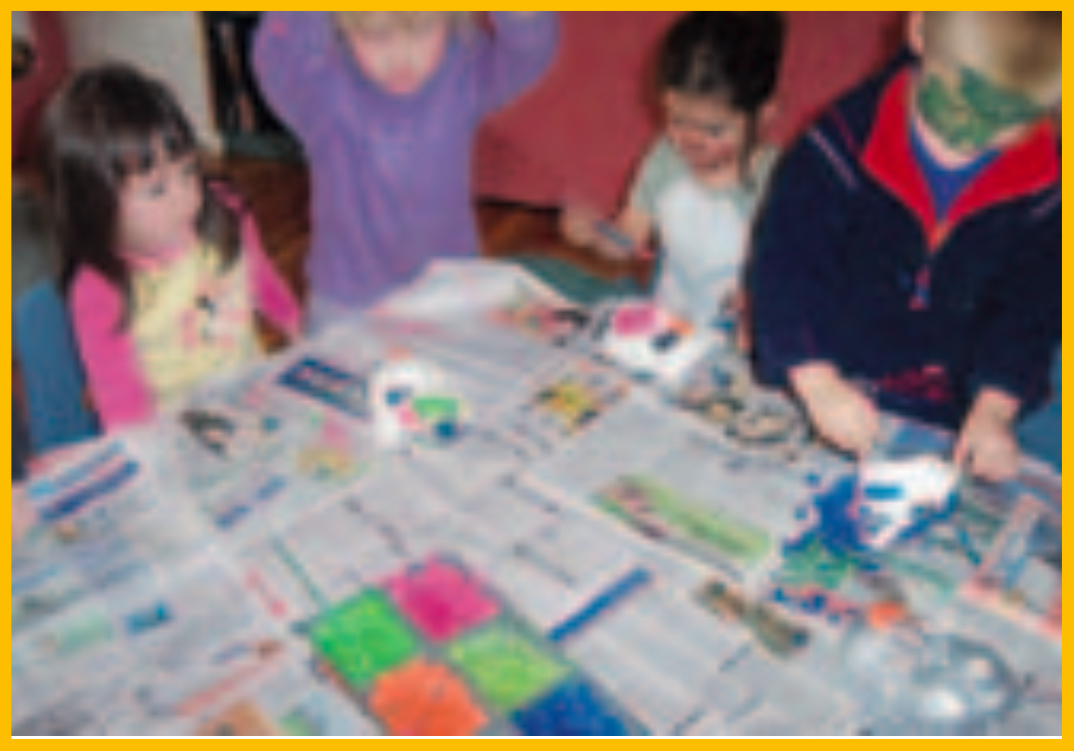
Finally we decorated our masterpieces.
Jade’s mask is complete!
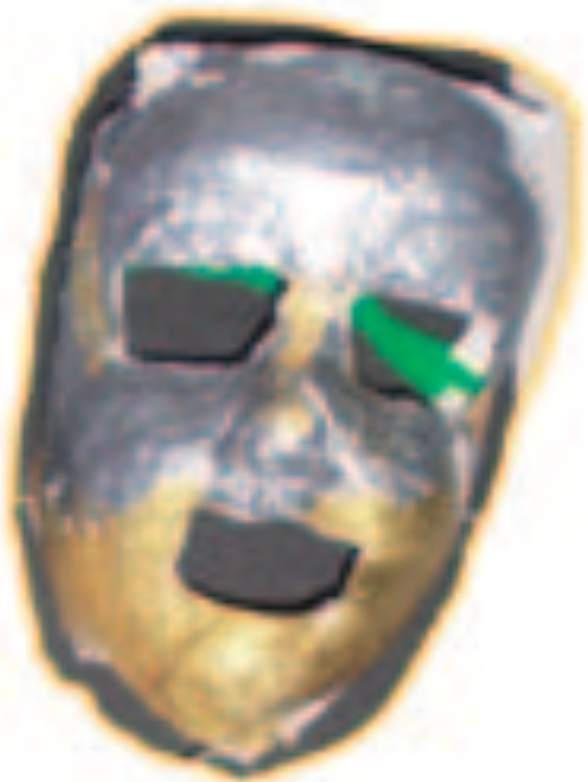
-

